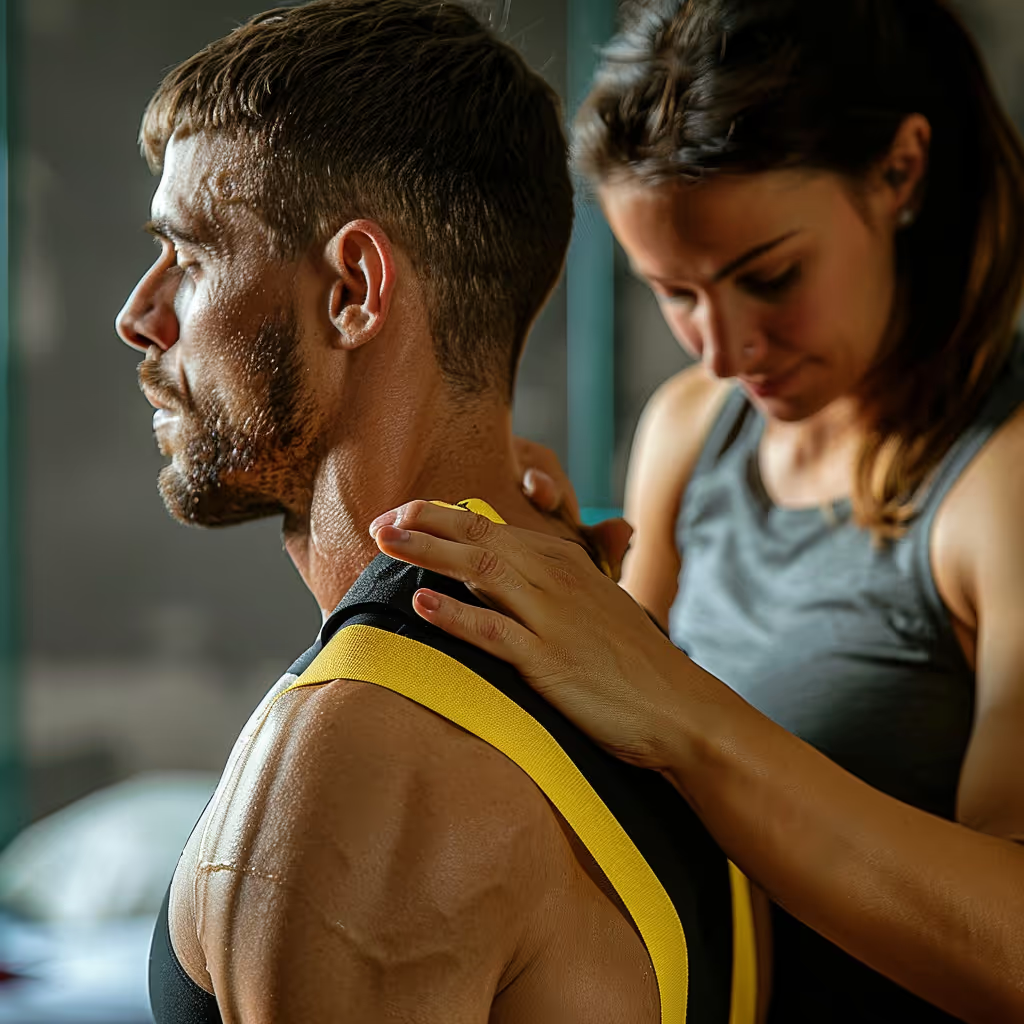Overactive bladder syndrome
Overactive bladder syndrome occurs when the bladder muscle contracts suddenly and spontaneously even if the bladder is not full. It can also be accompanied by urinary leakage.
« Talk to me about health » What is overactive bladder syndrome?
Overactive bladder syndrome occurs when the bladder muscle contracts suddenly and spontaneously even if the bladder is not full. It can also be accompanied by urinary leakage.
What are the causes of overactive bladder syndrome?
The causes of overactive bladder syndrome are not always known. However, several factors can contribute to the development of the condition:
- Another medical condition (e.g., a urinary tract infection, diabetes);
- Damage to the bladder (e.g., tumor, bladder stones);
- A neurological disease (e.g., a stroke (CVA), multiple sclerosis, etc.);
- An obstruction to urination (e.g., benign prostatic hypertrophy, constipation, etc.);
- Hormonal changes (e.g., menopause);
- Difficulty completely emptying the bladder;
- Medication use;
- Consuming beverages that can irritate the bladder (e.g., coffee, tea, alcohol, soft drinks);
- Decline in physical and/or cognitive abilities.
What are the symptoms of overactive bladder?
The following symptoms should be monitored:
- Frequent need to urinate (more than 8 times a day);
- Needing to urinate 2 or more times per night;
- Sudden, urgent urges, with or without urinary leakage;
- Behavioral changes (e.g., locating restrooms in public places, urinating preventively);
- Urge triggered by routine actions (e.g., doing the dishes).
How is overactive bladder diagnosed?
Diagnosis is made through a subjective and physical examination in the clinic. Medical tests to determine bladder hyperactivity exist and may be relevant, but are not essential for diagnosis.
How can physiotherapy help with overactive bladder?
Your pelvic floor rehabilitation physiotherapist will first perform a comprehensive assessment (e.g., lifestyle habits, posture, breathing, contraction/relaxation of pelvic floor muscles, etc.) to determine the cause(s) of the overactive bladder syndrome.
Based on the assessment results, your physiotherapist will:
- Provide you with specific exercises to do at home to address the cause of the problem (e.g., strengthening, bladder retraining, breathing exercises, etc.);
- Mobilize the muscles and soft tissues in the abdomen and pelvic floor;
- Give you advice for your lifestyle habits.
When to consult a physiotherapist for overactive bladder?
You should consult a physiotherapist if you have one or more of the symptoms described above or if your doctor has ruled out any other causes that may be responsible for your symptoms.
You do not need to see a doctor before consulting a physiotherapist. If your condition requires you to see a doctor, your physiotherapist will be able to tell you.
What to do at home for overactive bladder?
- If the cause is medical (e.g., urinary infection, medication, tumors, etc.), be sure to consult your doctor to receive the appropriate treatment for your condition;
- Reduce consumption of beverages that can irritate the bladder (e.g., tea, coffee, alcohol, soft drinks, etc.);
- Reduce consumption of foods that can irritate the bladder (e.g., hot peppers, artificial sweeteners, citrus fruits, etc.);
- Stay hydrated. By reducing water intake, urine becomes more concentrated and can become irritating to the bladder;
To learn more...
You can listen to the podcast "Parle-moi de santé" created by one of our physiotherapists, Alexis Gougeon.
Episode #23 discusses perineal and pelvic rehabilitation: .
Find the episode on YouTube :
Click below to listen to episodes on podcast platforms:

https://open.spotify.com/episode/4K8MhluZYTYDzmFNn2dDAt?si=a7a8e4a1a64f4cbd
(4).png)
Videos in this category
Other conditions
Hip osteoarthritis is a normal wear and tear of the hip joint. Osteoarthritis is often described as the wearing away of cartilage between our bones. While this is true, it involves more than just cartilage. Cartilage is a tissue that acts like a cushion between the surfaces of our bones, allowing our joints to glide smoothly and move with ease.
It is a normal wear and tear of the knee joint. Osteoarthritis is often described as the wearing away of cartilage between our bones. While this is true, it involves more than just cartilage. Cartilage is a tissue that acts like a cushion between the surfaces of our bones, allowing our joints to glide smoothly and move with ease.
It is a normal wear and tear of the joints in the lower back vertebrae. Osteoarthritis is often described as the wearing away of cartilage between our vertebrae. While this is true, it involves more than just cartilage. Cartilage is a tissue that acts like a cushion between the surfaces of our vertebrae, allowing them to glide smoothly and move with ease.
A bursa is like a small, very thin, fluid-filled sac found in several joints throughout the body. This small sac acts as a cushion in the joint and lubricates structures that are exposed to more friction.
It is an inflammation of the subacromial bursa in the shoulder joint.
It is a tissue that surrounds the shoulder and allows the shoulder bone to stay in place within the joint. The capsule helps to stabilize the joint.
Cervicalgia is a general term to describe neck pain that does not have a specific cause, such as an accident or sudden movement. Cervicalgia is therefore synonymous with ''I have a pain in my neck and nothing in particular happened''.
In both injuries, there is pain felt in the neck that then radiates into the arm, or vice versa.
It is a significant stretch or tear of the muscle fibers in the groin or inner thigh muscles.
It is a significant stretch or tear of the muscle fibers in the hamstring muscles located at the back of the thigh.
This is a significant stretch or tear of the muscle fibers in the calf muscles (soleus and gastrocnemius).
This is a significant stretch or tear of the muscle fibers in the quadriceps, which is the large muscle at the front of the thigh.
Book an appointment now
We offer a triple quality guarantee: optimized time, double physiotherapy assessment, and ongoing expertise for effective care tailored to your needs.


Our clients' satisfaction is our priority.
At Physioactif, excellence defines our approach. But don't take our word for it, see what our patients are saying.
Discover our physiotherapy clinics
We have multiple locations to better serve you.
Blainville
190 Chem. du Bas-de-Sainte-Thérèse Bureau 110,
Blainville, Quebec
J7B 1A7
Laval
Montreal
St-Eustache
Vaudreuil
21 Cité-des-Jeunes Blvd. Suite 240,
Vaudreuil-Dorion, Quebec
J7V 0N3
Book an appointment now

